what technologies are being developed to combat climate change affects on soybeans
Technological advances, particularly the discovery and use of fossil fuels, have contributed to climate change - only they have also allowed humanity to go aware of our impact on the planet and develop techniques to address global warming.
Ahead of Climate Later on Covid: A Green Recovery? on Sky News on Thursday dark, we expect at seven innovations which could help humanity avoid the catastrophic damage which a continued increase in global temperatures could crusade:
ane. Carbon capture
The rise average temperature of the Earth is primarily blamed past scientists on homo-fabricated emissions of greenhouse gases that trap radiation in the temper which would otherwise escape into space.
Among the most significant greenhouse gases is carbon dioxide (CO2), concentrations of which accept increased past near l% since the industrial revolution began.
Innovations being used to reduce CO2 emissions include carbon capture, utilisation, and storage technologies - with the Net Nix Teesside (NZT) project being an interesting example.
NZT aims to capture CO2 produced in industrial processes and power plants and transport these emissions by pipeline to offshore storage sites several kilometres beneath the North Body of water.
Sequestered in secure areas deep beneath the sea, this carbon would no longer contribute to the greenhouse effect - and it could even exist synthesised into new fuels for transportation systems in the time to come.
The aim, as the NZT projection'south proper noun suggests, will be to reduce carbon emissions in a number of carbon-intensive industries in the Due north East to zero by as early equally 2030.
But the scale of the Globe's trouble is far more significant than tin be solved by the selective decarbonisation of a depression number of businesses.
2. Feeding cows seaweed
Some other significant greenhouse gas is methane, emissions of which are reaching tape levels due to cattle farming.
Agriculture deemed for roughly two-thirds of all methane emissions related to human activities between 2000 and 2017 according to i recent study, with fossil fuels contributing most of the remaining third.
This marsh gas primarily comes from burping cattle, due to how cows digest food - fermenting it in their stomachs where the sugars are converted into simpler molecules that can exist absorbed past the body.
Scientists accept discovered that a red seaweed which grows in the tropics tin can reduce methane emissions by lxxx% in cows when it is added as a supplement to cattle feed.
However, with nearly 1.5 billion head of cattle globally, there is just not plenty of this seaweed currently available to suppress these burps - although perhaps some scientists might be able to reproduce the crucial ingredient which will help proceed them down.
3. Delicious insects
While individuals' dietary decisions don't come within the purview of potential technological solutions to climate change, innovative food creation definitely does.
Another interesting style to reduce the marsh gas pollution from cattle farming would be to supersede the beefiness with a substitute made from insects - and this is already taking off in places.
Protein-rich insects such as mealworms tin can be farmed without the demands on land or h2o that cattle farming requires - simply even if the insects are high in protein there are a number of other crucial nutrients which humans generally only find in meat - including fe.
Some scientific research suggests that a range of insects could provide all of the mineral nutrients which humans need - just of course, even this isn't a quick fix - insect burgers largely remain a novelty item rather than something which can be mass produced and consumed.
four. Climate repair
The Centre for Climate Repair at the University of Cambridge is investigating a number of ideas which would repair the damage being done by human being pollution.
Among their ideas are refreezing the poles by brightening the clouds above them, substantially past spraying tiny drops of table salt into the heaven to assist the clouds in reflecting radiation back into space.
Another suggestion has been "greening" the oceans, essentially fertilising them to encourage the growth of establish affair and algae which could absorb more than CO2.
Notwithstanding some research warns that this could cause enormous disruption to the oceans' ecosystems, and potentially wouldn't even then exist able to capture enough CO2 to offset emissions.
5. Remote working
As the coronavirus pandemic has shown, many office jobs can exist successfully fulfilled from domicile - potentially offering a road to reduce emissions from transport and office buildings.
Driving to and from work is the largest source of carbon emissions in the developed earth.
The engineering science to back up remote working has been chop-chop adopted as businesses attempted to manage the impact of COVID-nineteen on their workers, and governments rushed to lock down their countries and forestall mass deaths.
However remote working may but be an constructive method of reducing emissions during the summer.
It turns out that when buildings need to be heated during the winter it is much more than efficient to have numerous people in a unmarried building rather than distributed across their ain homes, and some research suggests this might even get-go the emissions from transportation.
half dozen. Greater employ of data centres
A similar logic regarding the heating of individual homes versus role buildings can be applied when information technology comes to computation.
The advent of computers has increased electricity consumption considerably, but modern data centres are frequently far more than energy efficient than personal computers.
Rather than performing energy-intensive applications on local machines - from crunching complicated numbers through to playing video games - people could begin to starting time a considerable amount of energy expenditure past having these applications performed in the cloud.
The big technology companies which specialise in providing deject computing services - Amazon, Google and Microsoft - are big consumers of renewable free energy.
Google and Microsoft have both launched cloud gaming platforms too which don't require gamers to buy consoles (the production of which also cause emissions) to play them.
But data centres are dependent upon quality cyberspace connections, which themselves can produce emissions, and for many people across the world those connections but aren't available.
vii. Household energy efficiency
The single-most effective technological solution to climate change is going to be reducing energy consumption overall, and nothing is going to do that more making homes more energy efficient.
The applied science to achieve this is already at that place, with many of the newest products on the market capable of shaving hundreds of pounds off of household bills annually.
The European union has established an energy labelling scheme that labels appliances for how energy efficient they are, informing consumers virtually how much it volition cost them to run refrigerators and washing machines, likewise every bit other products from lite bulbs to televisions.
Free energy savings made through design innovations for these household appurtenances might be pocket-sized individually, merely they have the potential to calibration and significantly impact energy consumption across the grade of a yr for a household, and even more significantly across all households in a land.
Across the EU, buildings swallow xl% of overall energy and are responsible for 35% of CO2 emissions - although energy consumption per household has dropped over the past 50 years due to efficiency measures.
But according to the contained, statutory body the Commission on Climate change, homes in the UK are "unfit" at the moment to meet the challenges posed by warming global temperatures and the demand to reduce energy consumption. Newer, greener, electronic goods could be a good place to first.
Coronavirus is the greatest global challenge many of the states will experience in our lifetimes. But before the pandemic striking, information technology was climate change that loomed over u.s.a. as the planet's biggest trouble.
So what happens now? How do we bargain with both of them at the same time?
Watch our special alive show - Climate Afterward Covid: A Dark-green Recovery? - from viii-9pm on Sky News, and from eight-ix.30pm on the Heaven News website and app this Thursday equally we look for the answers.
Source: https://news.sky.com/story/climate-change-seven-technology-solutions-that-could-help-solve-crisis-12056397
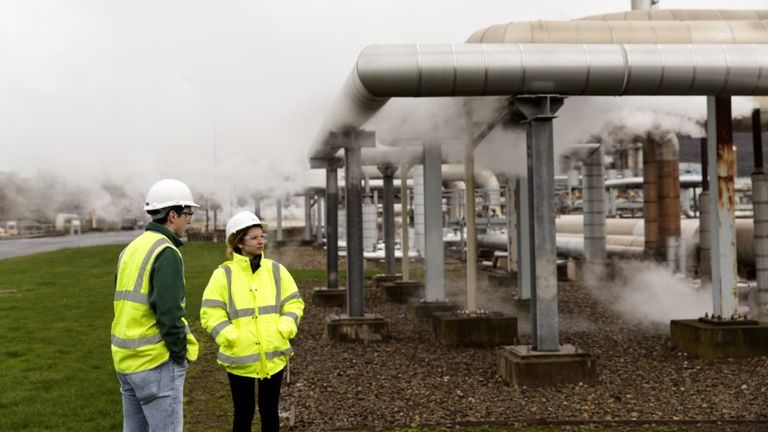
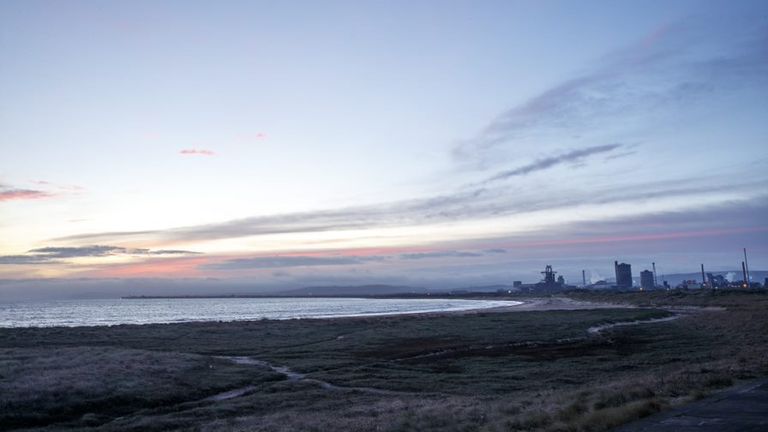

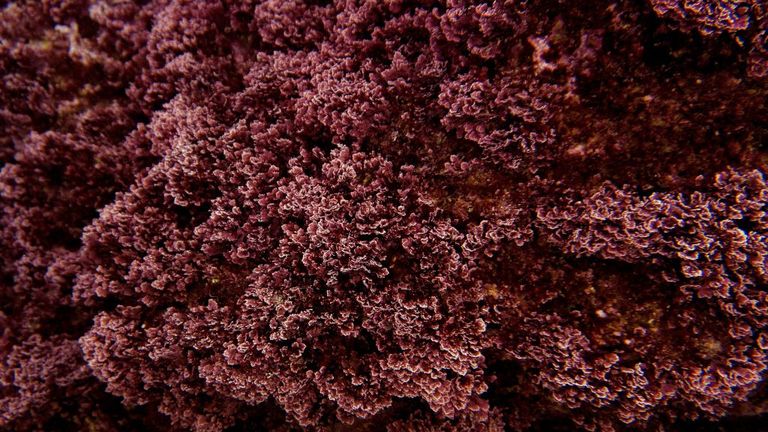



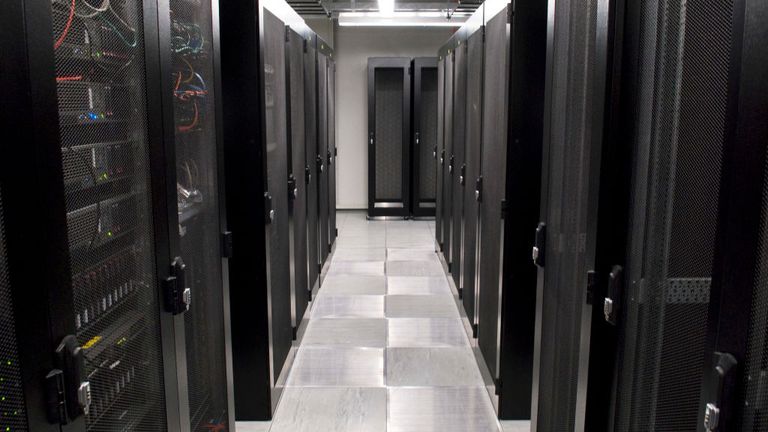
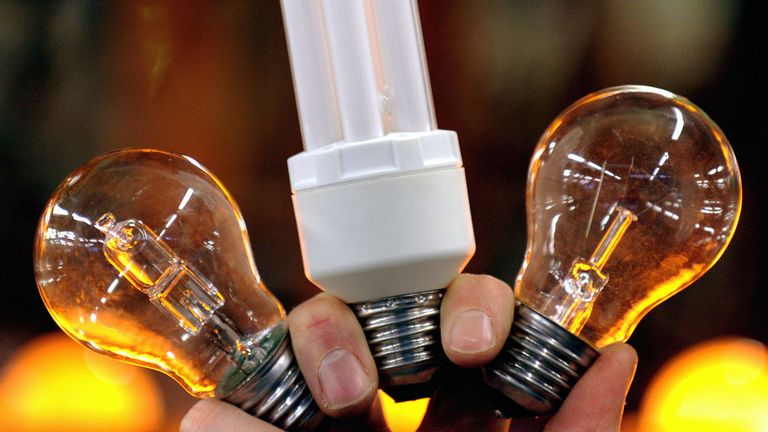

0 Response to "what technologies are being developed to combat climate change affects on soybeans"
Post a Comment